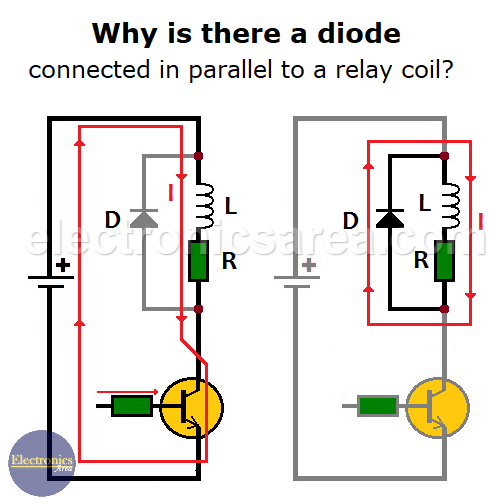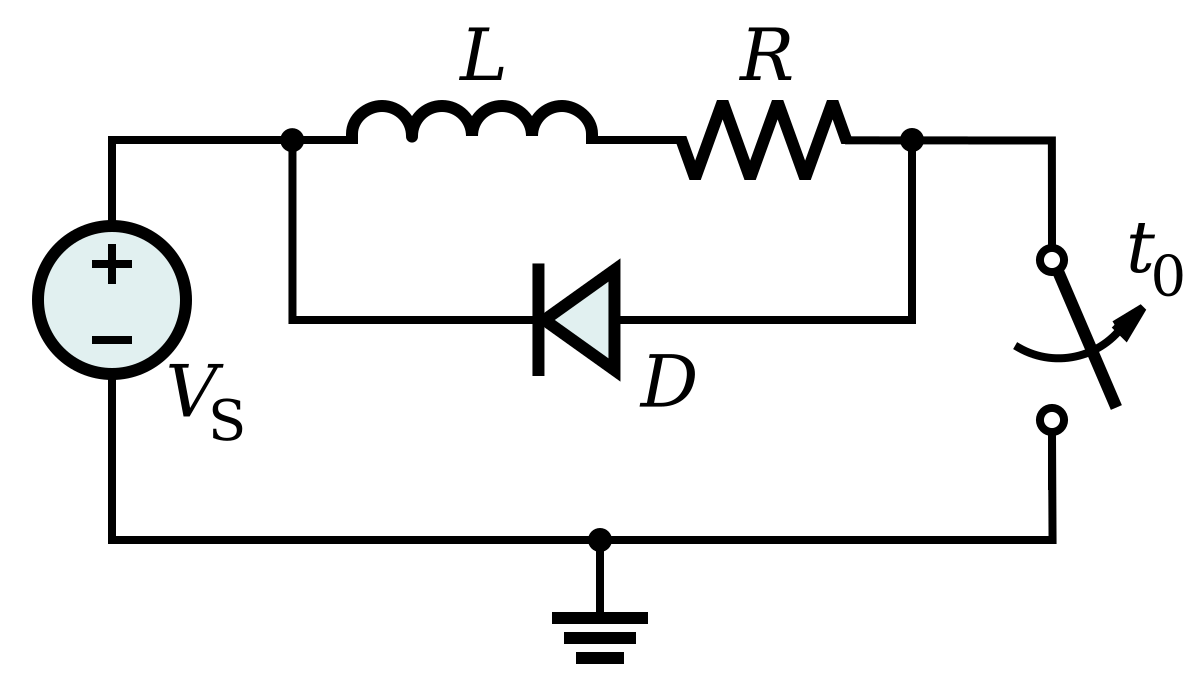Correct - dampens the back emf from the collapsing magnetic field with power is removed from the windings.The voltage is induced the same way as an ignition coil. When power is removed from the relay coil the magnetic field collapses just like in an igniton coi.
Ericl
otherwise there could easily be 2 times the voltage present - electronics dont like that and the 'smoke gets out'

